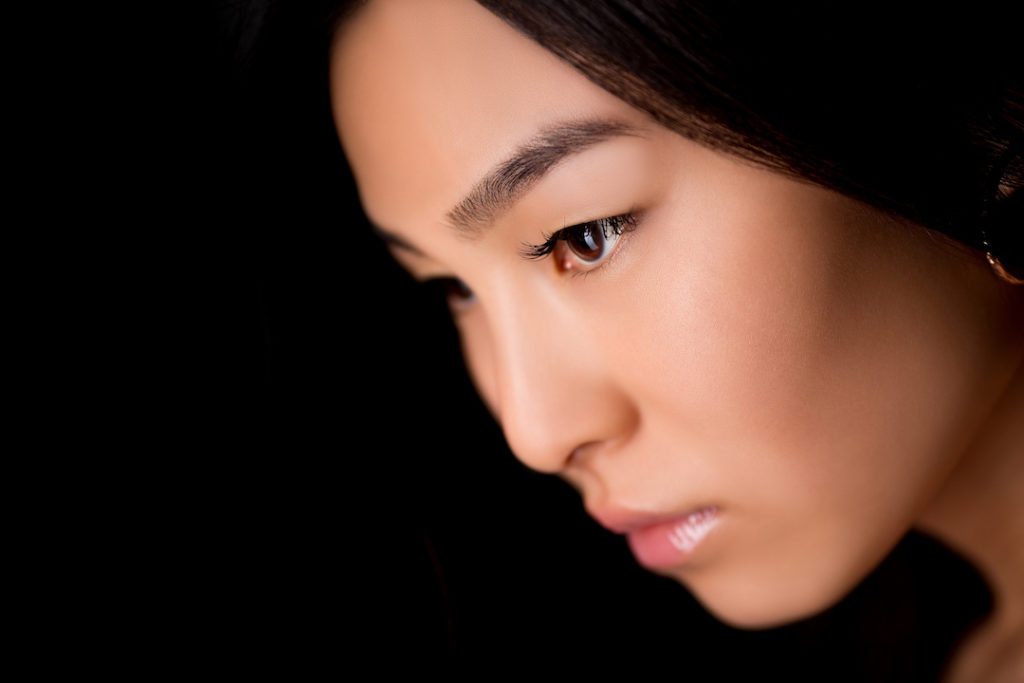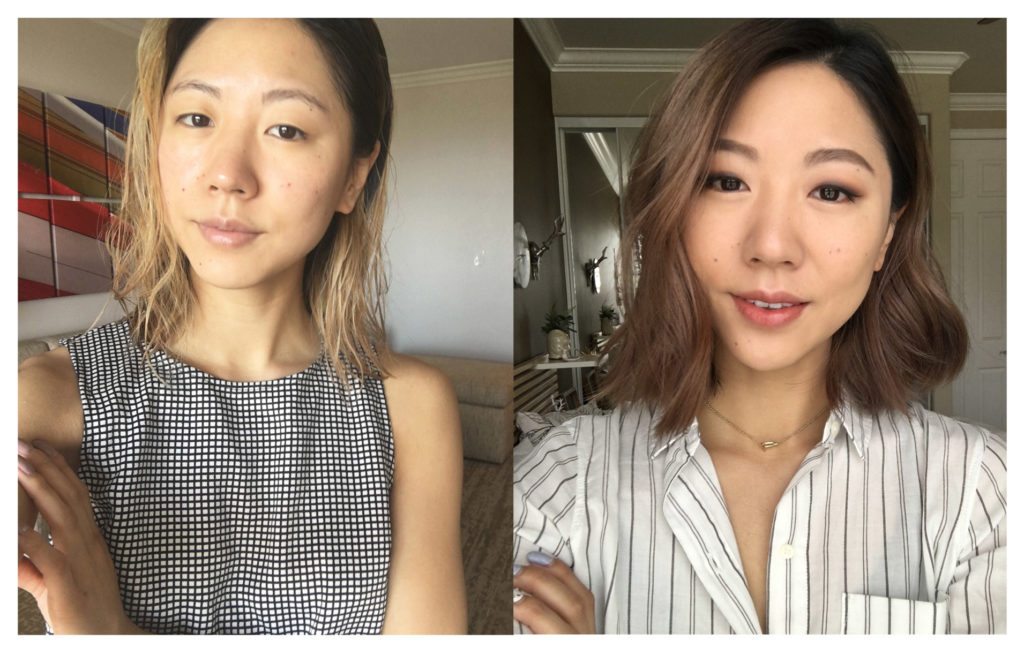Inspired by Wonder Woman, we asked the K-Beauty Squad to share with us how they are a Woman Wonder in their own lives. Here, associate editor Ruth Kim shares how she learned to embrace her monolids, and how K-beauty helped her recognize the beauty in difference.
Monolids. Eyelids that lack the epicanthal fold, to be exact — or what I referred to in my formative years as the stark definition of my Asianness.
An early ’90s baby, I grew up in a predominantly white suburb in the heart of Orange County, California, in a small, modest town called Fountain Valley. (Our slogan? A Nice Place To Live.) I attended a small, private K-8 Christian school in Huntington Beach (aka Surf City — aka the land of blue-eyed, blonde-haired babes and bros), and my graduating class had a grand total of six Asians. Once I’d graduated from preteen-dom and moved on to a public high school, I found myself surrounded by more similar faces — but even then, the whitewashed cast of Hollywood’s major motion pictures and television shows presented a different ideal image.
Looking back, it’s dawning on me that I grew up with an endless identity crisis. As a Korean American (and yes, that’s unhyphenated for a reason), I straddled two different cultures, two different worldviews, and two completely different beauty standards — and boy, were those standards on opposing ends of the spectrum.
For starters, tanning is a beloved leisurely activity in good ol’ Southern California, and thanks to inheriting my dad’s skin-genes, I’m naturally on the tanner side (despite my desperate attempts in my older years to avoid UV rays at all costs). Koreans, on the other hand, are known for having (and their arduous upkeep of) pale white skin. Whenever I’d visit my relatives in Korea, or vice versa, you can bet that I heard comments about how tan I was, and it didn’t help that almost every girl or woman that I would pass on the streets of Korea literally glowed (and it wasn’t because of their skincare routines).

Tan lines aside, the main gripe I had with my appearance was my eyes, the monolidded windows to my soul. They seemed so small, flat, and harsh-edged compared to their softer, bigger, and (to me) prettier double-creased counterparts. So I started wearing makeup in late middle school, learning how to enlarge my eyes with a swipe of eyeliner and a blend of eyeshadows. From then on, I never the left the house without makeup on, dreading the idea of being exposed without my safety blanket. And to make matters worse, it didn’t help that double eyelid surgery was becoming more and more prevalent in both the U.S. and especially in Korea (where today it’s become such a normal activity that advertisements of before-and-after’s are plastered all over subway billboards, and my 13-year-old Korean cousins whine jealously about their friends getting the procedure over spring break). All of these factors pressured me into thinking that I needed cosmetics or surgery to make me look beautiful.
It wasn’t only until a year or two ago that I actually started leaving the house without any eye makeup, and I didn’t feel like an alien in my own body. (I still wore foundation and brows, though — I wasn’t that brave!) I thought about what it was exactly that helped me slowly embrace my monolids, and I think I owe this change in perspective to the gradually increasing presence of Asian faces and Asian culture on YouTube channels, in Facebook videos, and on my Instagram feed. And while Asian presence in mainstream media could still use a violent light push in the right, progressive direction (cough, Hawaii Five-0), I could at least tap open any social media platform and see a familiar face staring back at me.

My true celebrity crushes aren’t blue-eyed, bearded faces (sorry, Gosling); they’re women like Sandra Oh or Constance Wu breaking boundaries on the screen, or digital influencers like Claire Marshall or Sophia Chang — both of whom are fellow monolidders who radiate confidence, whether they’re in front of the camera, with or without makeup.
I’ll still choose to wear makeup regularly. And I’ll go through days like every other human being where I feel self-conscious about my looks. But I’m proud of how far I’ve come in embracing my unique beauty. (Seriously, it’s a wonder to me, a far cry from my younger days.) And best of all, my K-beauty routine helps with this, too. Understanding the fundamentals of K-beauty — that everybody’s skin is unique, and that what may work for my skin may not work for you — has opened my almond-shaped, monolidded eyes to the world of difference that we live in.
‘Cause it’s not only about embracing single-creased eyelids. It’s about celebrating every shade of skin color under the sun, from black to brown to white to yellow — as long as they’re SPF-protected, of course.
What feature have you struggled with in your past that you now embrace? Let’s talk about it! Tell me in the comments below.
Loading...